Crabapple trees, with their stunning blossoms and vibrant fruits, are nature’s delightful gift to any landscape. However, cultivating and tending to these enchanting trees requires more than just basic gardening knowledge. To truly unlock their beauty and maximize their health, a holistic approach is essential.
In this guide, we embark on a journey that goes beyond conventional practices, delving into the interconnected web of factors that contribute to the optimal growth and care of crabapple trees. From understanding the tree’s unique characteristics to creating an environment that promotes vitality and resilience, we explore a comprehensive approach that nurtures both the tree and its surrounding ecosystem.
Throughout these pages, we will dive into the intricacies of selecting the right crabapple variety for your specific climate and desired aesthetic. We’ll uncover the secrets of soil composition and proper planting techniques, enabling you to lay the foundation for a thriving tree.
But our journey doesn’t stop there. We will venture into the realm of holistic tree care, where we embrace the symbiotic relationships between the crabapple and its environment. We will learn the art of balancing moisture levels, providing essential nutrients, and fostering beneficial insect populations that aid in pollination and pest control.
We will also explore the importance of pruning and shaping, allowing the tree to achieve its fullest potential while maintaining its natural grace. Moreover, we will delve into the deeper connection between crabapple trees and their impact on the broader ecosystem.
Discover how these trees support biodiversity, attracting a diverse array of wildlife and contributing to the overall health of the surrounding flora and fauna. Learn how to create a sanctuary that not only celebrates the beauty of the crabapple tree but also supports the intricate web of life that it sustains.
What Is A Crabapple Tree?

Crabapple trees are a group of deciduous trees belonging to the Malus genus, which also includes apple trees. They are known for their attractive blossoms, colorful fruits, and often compact size. Here are some key characteristics and information about crabapple trees:
1. Appearance
Crabapple trees come in a variety of shapes and sizes, ranging from 6 to 40 feet (2 to 12 meters) in height. They typically have a rounded or spreading crown with branches that form a dense canopy. The leaves are oval or elliptical in shape and have serrated edges.
 Source: instagram
Source: instagram
2. Flowers
One of the most notable features of crabapple trees is their profuse and showy spring blossoms. The flowers are usually pink, white, or red, and they appear in clusters or individually. The blooming period is relatively short but visually stunning.
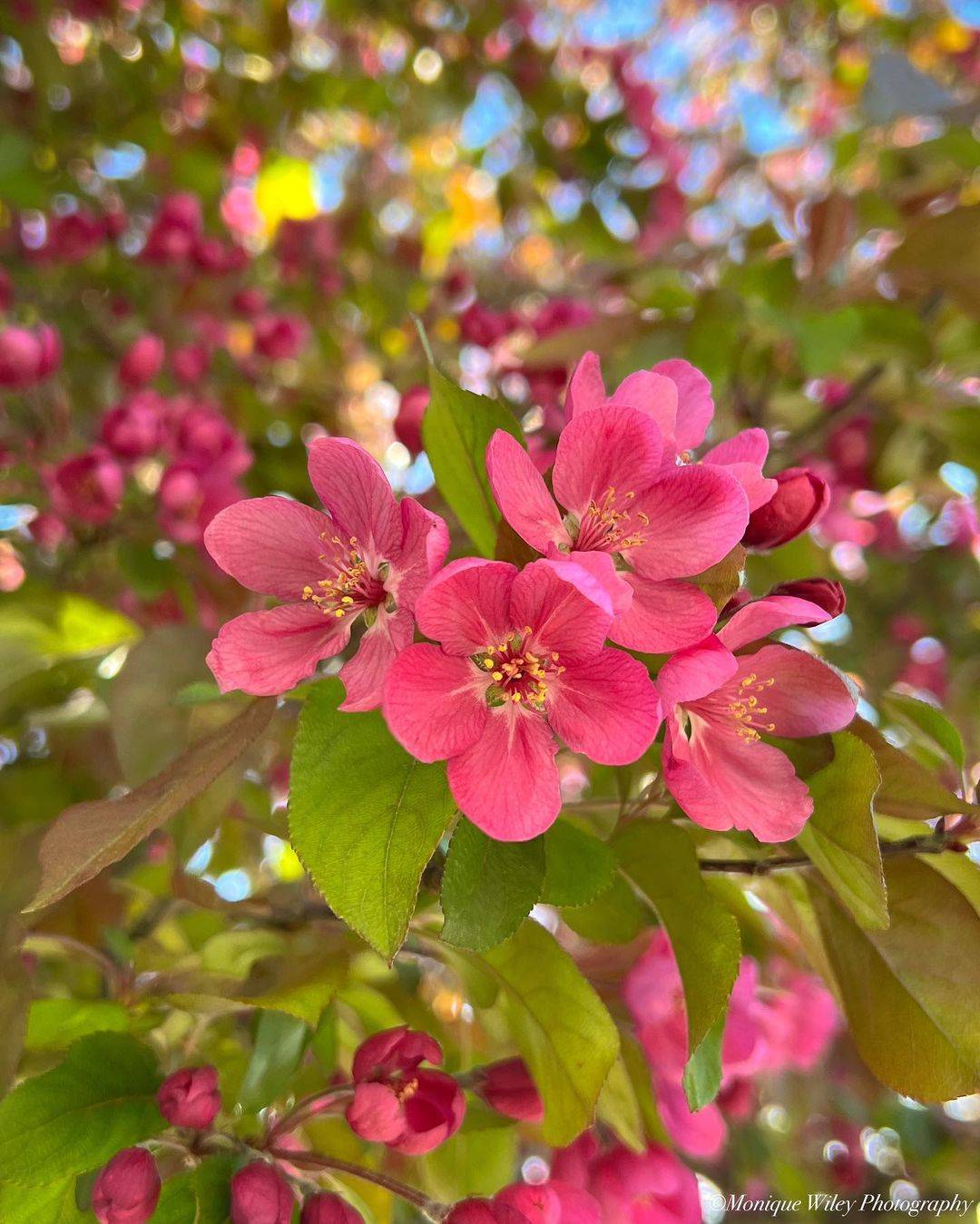 Source: instagram
Source: instagram
3. Fruits
Crabapple trees produce small, round or oval fruits that resemble miniature apples. The fruits can be yellow, red, orange, or green, and they often persist on the tree well into winter, providing visual interest. While some varieties have edible fruits, others have sour or bitter-tasting fruits that are primarily ornamental.
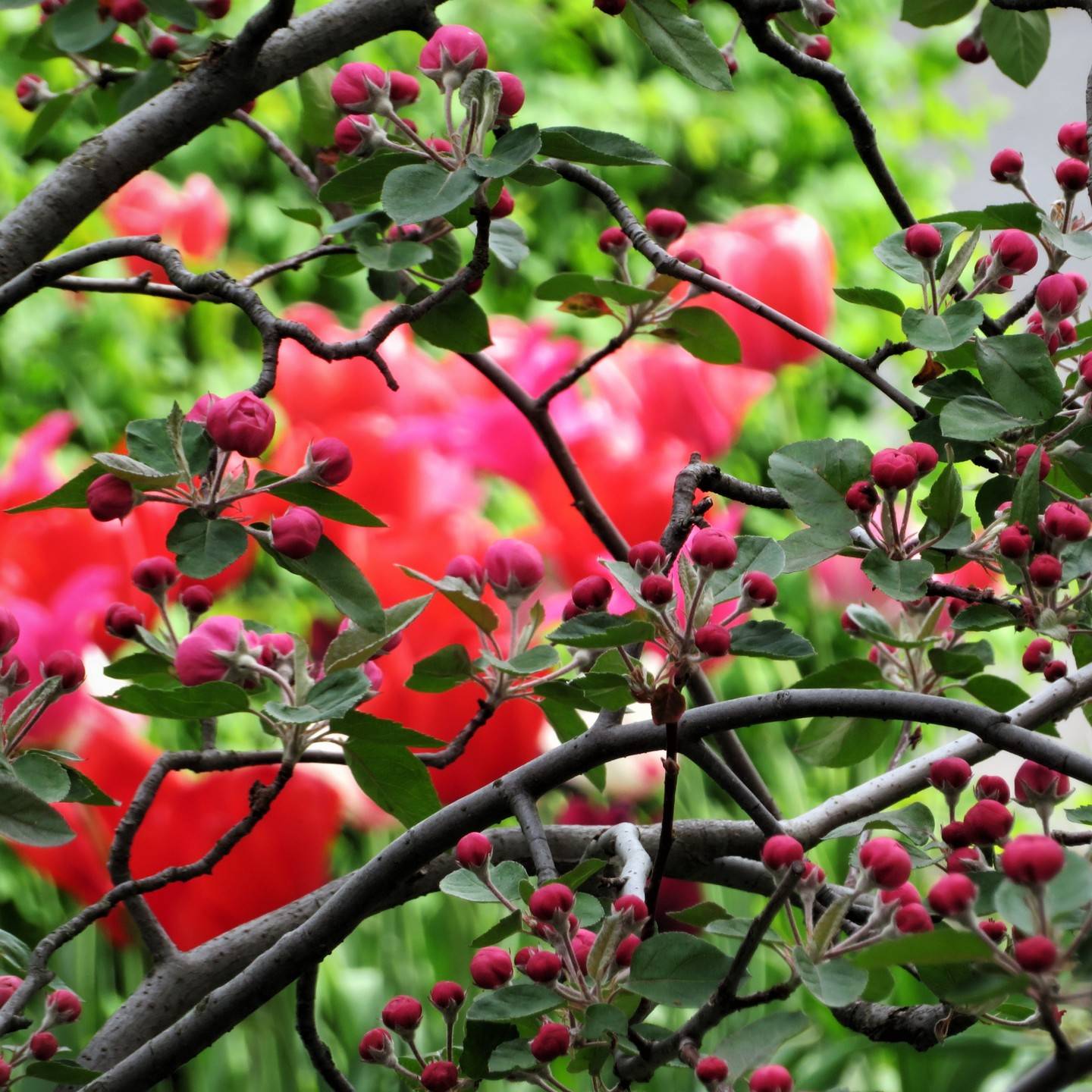 Source: instagram
Source: instagram
4. Ornamental Value
Crabapple trees are popular as ornamental plants due to their beautiful flowers and colorful fruits. They add visual appeal to landscapes and are often used in gardens, parks, and urban settings. Additionally, they attract birds and wildlife, which feed on the fruits.
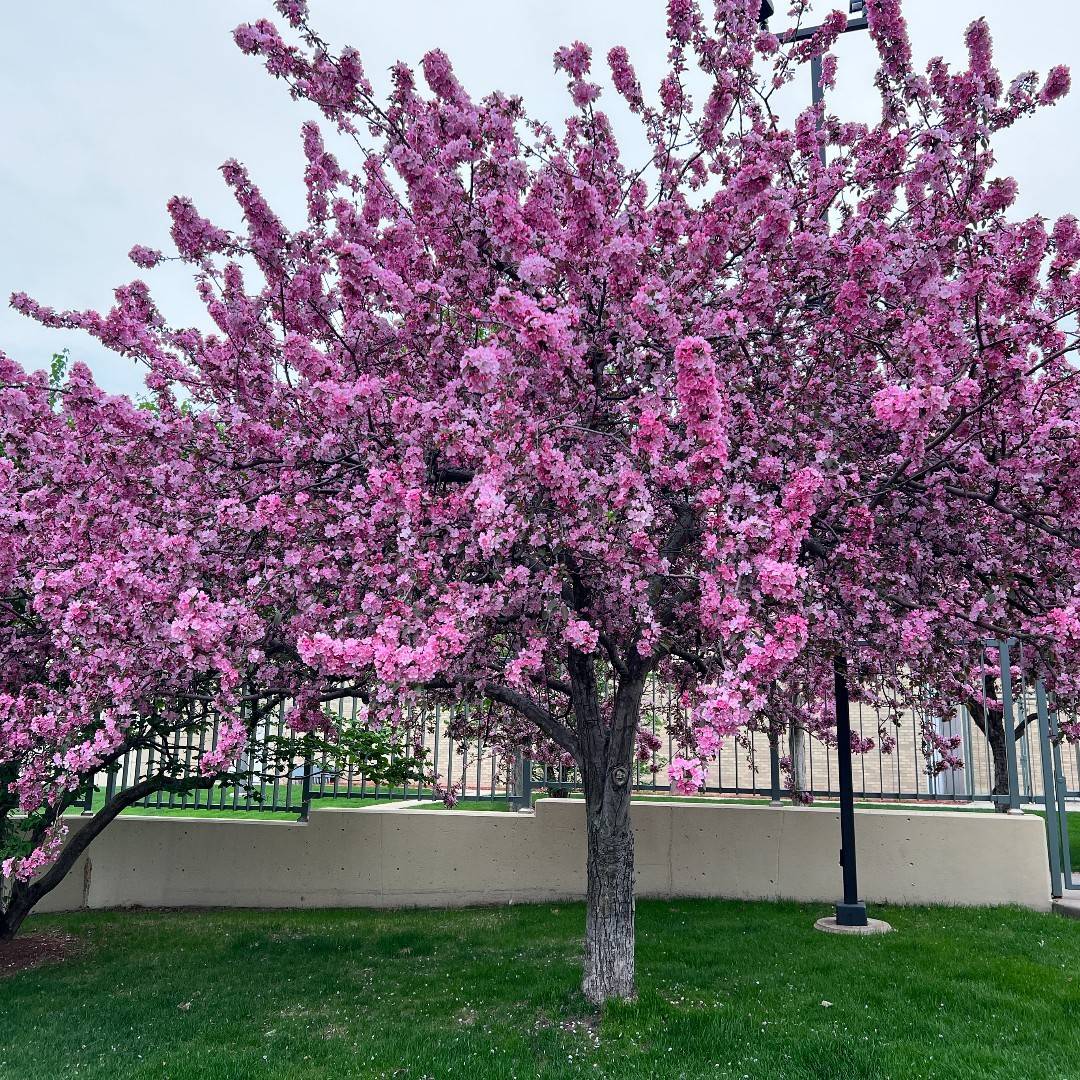 Source: instagram
Source: instagram
5. Cultivation
Crabapple trees are relatively easy to grow and adapt to various soil types. They prefer full sun but can tolerate partial shade. Regular watering and proper pruning help maintain their health and shape. There are numerous crabapple varieties available, differing in size, flower color, fruit characteristics, and disease resistance.
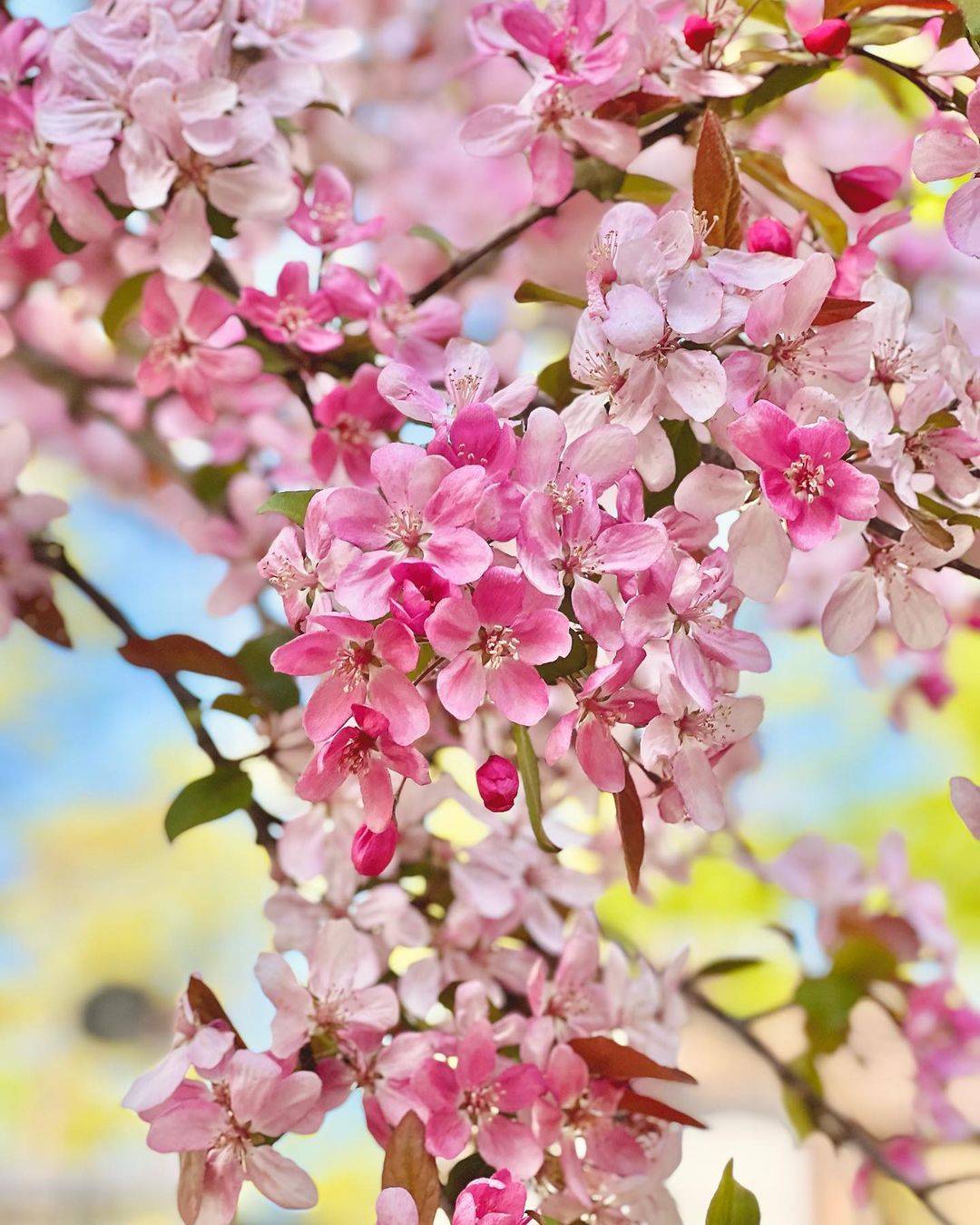 Source: instagram
Source: instagram
6. Pollination and Apple Trees
Crabapple trees are often used as pollinators for apple orchards. Due to their close genetic relationship with apple trees, they can cross-pollinate and improve fruit set and quality in apple varieties. Bees and other pollinators attracted to crabapple blossoms also benefit apple tree pollination.
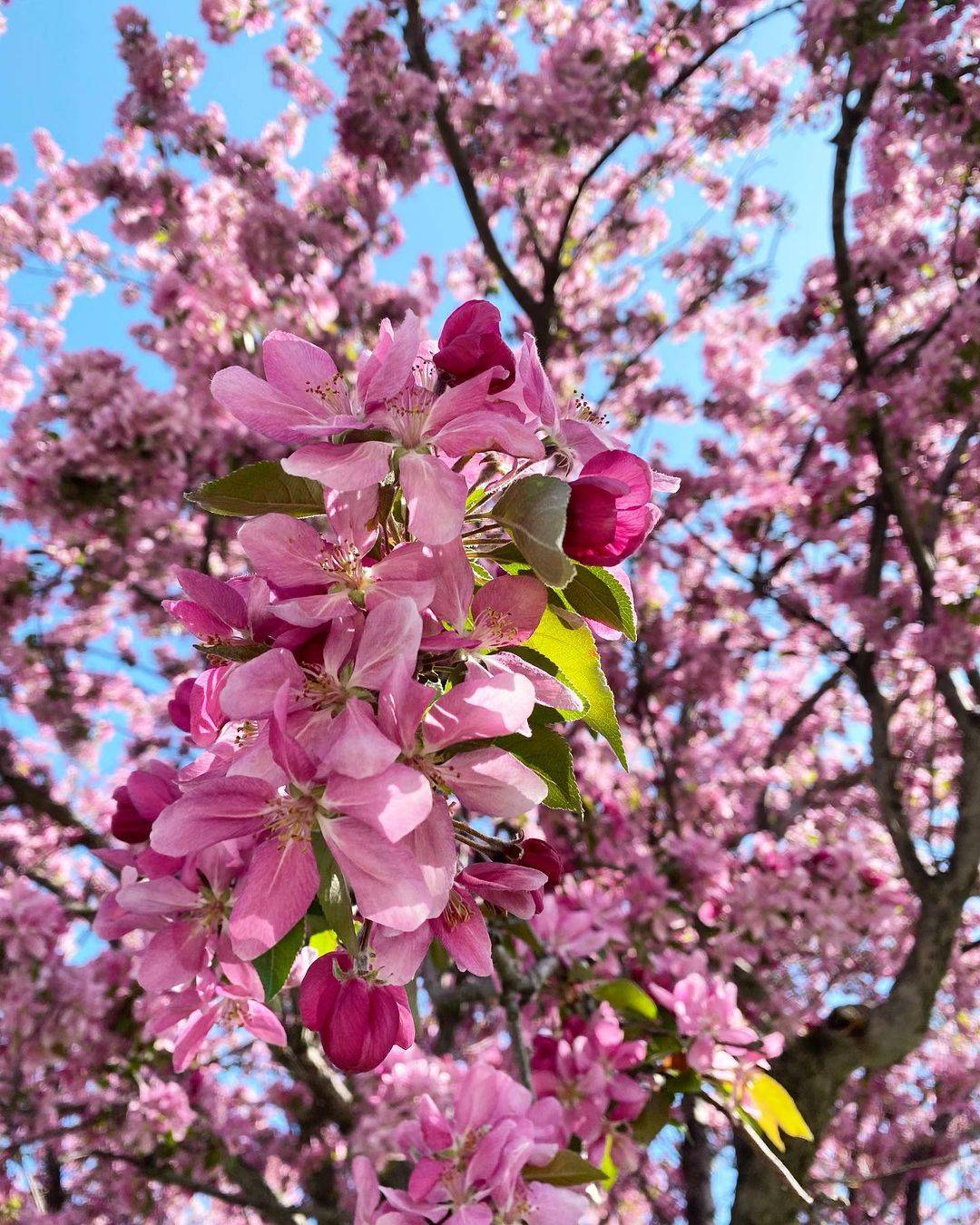 Source: instagram
Source: instagram
7. Symbolism and Cultural Significance
Crabapple trees have cultural and symbolic value in different cultures. In some traditions, they are associated with love, fertility, and rebirth. Their blossoms are celebrated in spring festivals, and their fruits have been used in various culinary preparations and herbal remedies.
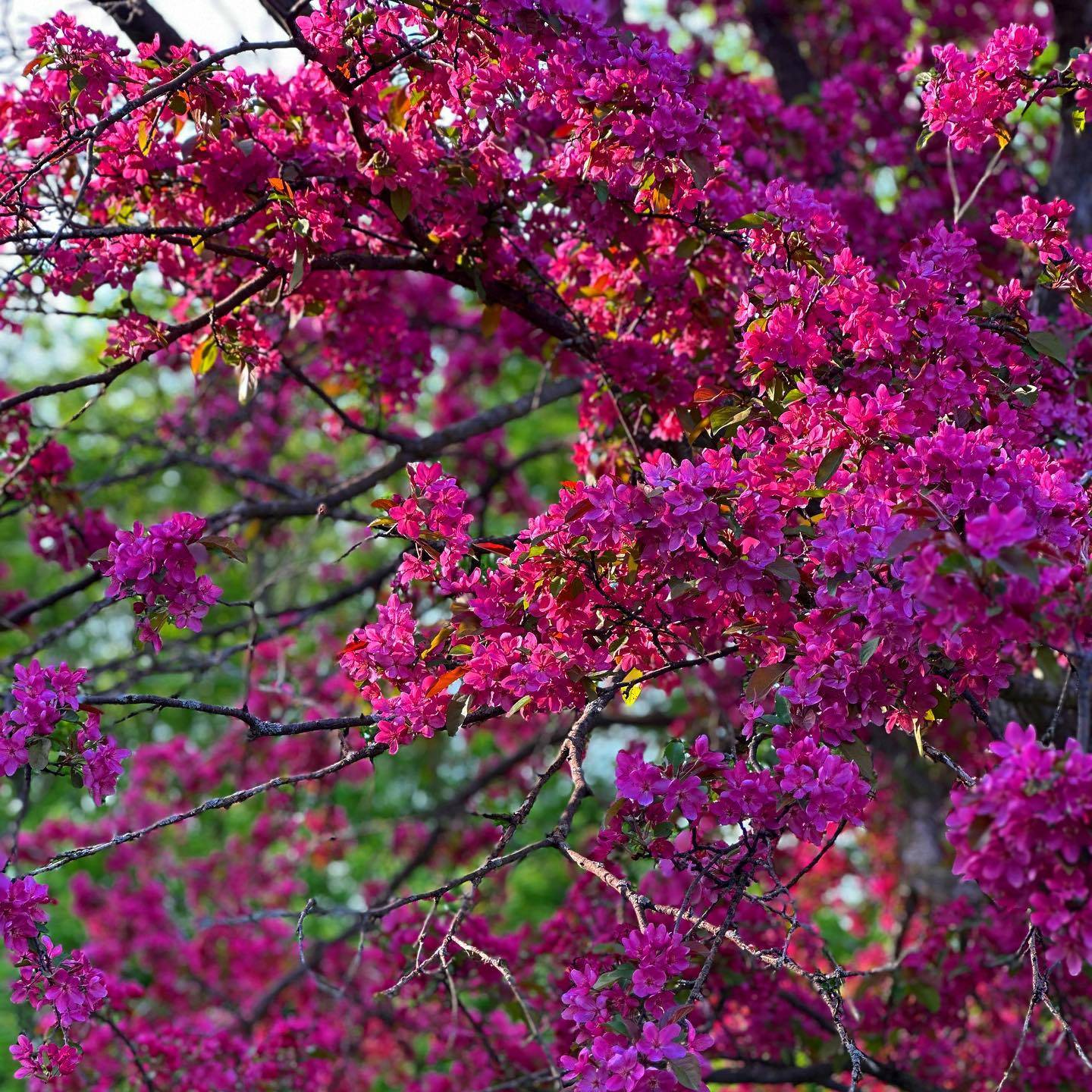 Source: instagram
Source: instagram
It’s important to note that while crabapple trees are related to apple trees, they are distinct from them. Crabapples are generally smaller in size and have different characteristics and uses compared to the larger, cultivated apple varieties commonly consumed as food.
How To Grow And Care For Crabapple Trees?
 Drawing upon the wisdom of seasoned arborists, horticulturists, and environmental enthusiasts, this guide provides a holistic framework that transcends mere horticultural practices. It invites you to become a steward of nature, embracing the interconnectedness of all living things and nurturing your crabapple tree in harmony with the world around it.
Drawing upon the wisdom of seasoned arborists, horticulturists, and environmental enthusiasts, this guide provides a holistic framework that transcends mere horticultural practices. It invites you to become a steward of nature, embracing the interconnectedness of all living things and nurturing your crabapple tree in harmony with the world around it.
So, whether you are a seasoned gardener seeking to enhance your tree care skills or an aspiring enthusiast embarking on a new horticultural journey, this guide will empower you to cultivate and care for crabapple trees in a holistic and sustainable manner.
Growing and caring for crabapple trees can be a rewarding experience. To ensure their health and vitality, it’s important to take a holistic approach that encompasses various aspects of their growth and care. Here are some guidelines for a holistic approach to growing and caring for crabapple trees:
1. Selecting The Right Variety
Choose a crabapple tree variety that suits your climate, soil conditions, and desired aesthetic qualities. Consider factors like disease resistance, bloom time, and fruiting characteristics.
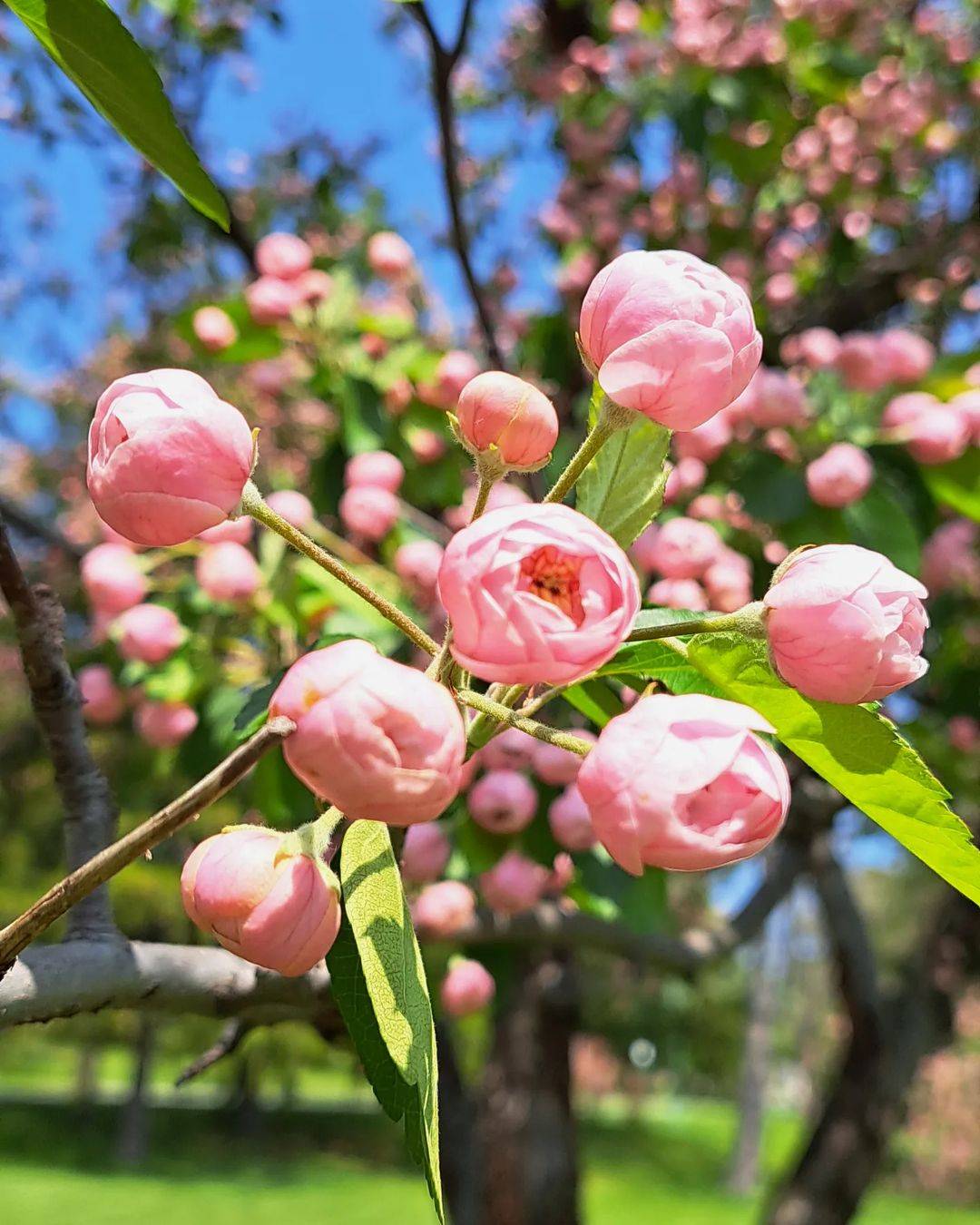 Source: instagram
Source: instagram
2. Site Selection
Select a suitable location for planting the crabapple tree. Ensure it receives ample sunlight (at least 6 hours a day) and has well-drained soil. Avoid areas prone to waterlogging or strong winds.
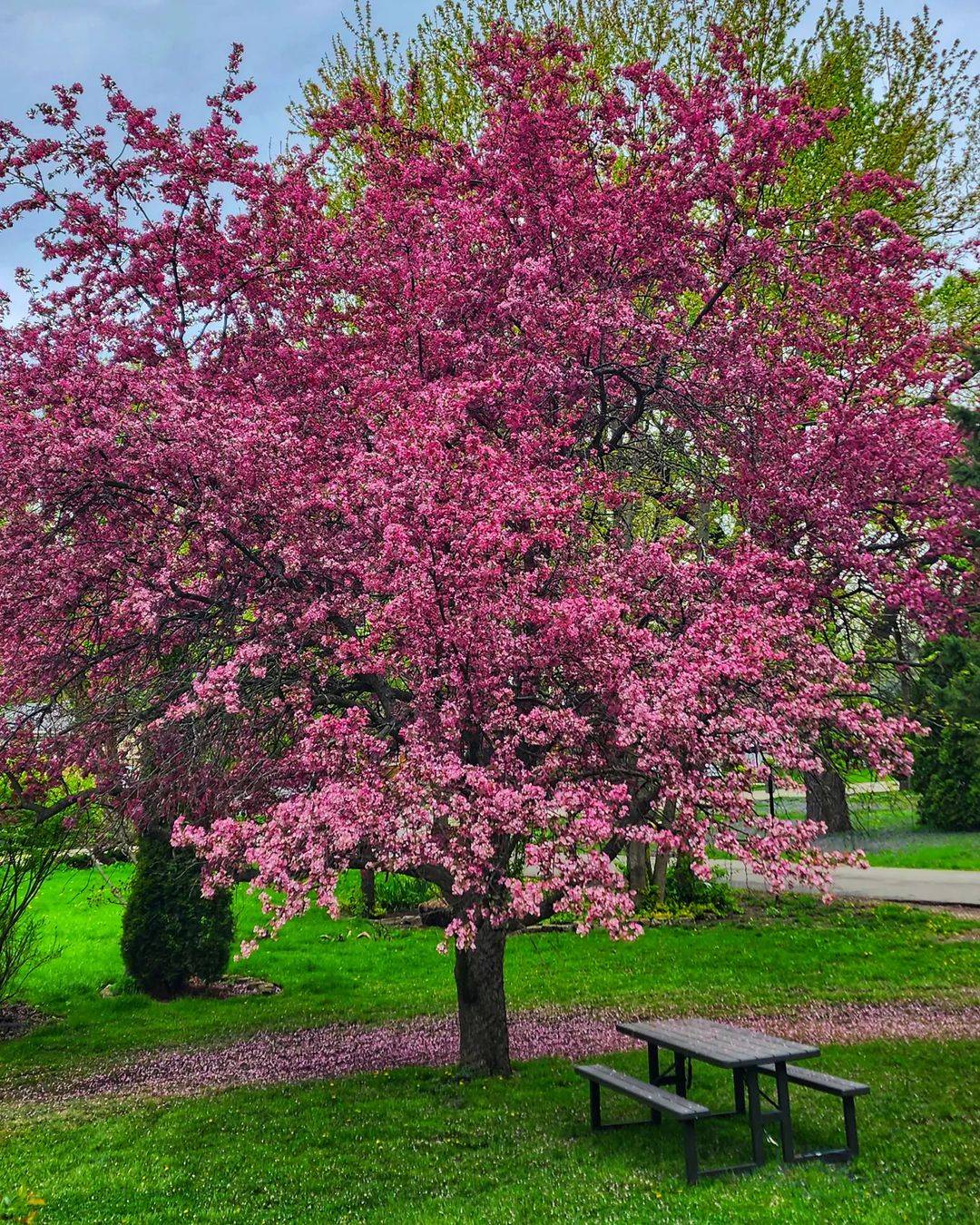 Source: instagram
Source: instagram
3. Soil Preparation
Prepare the soil by loosening it and removing any weeds or grass. Incorporate organic matter like compost or well-rotted manure to improve soil fertility and drainage.
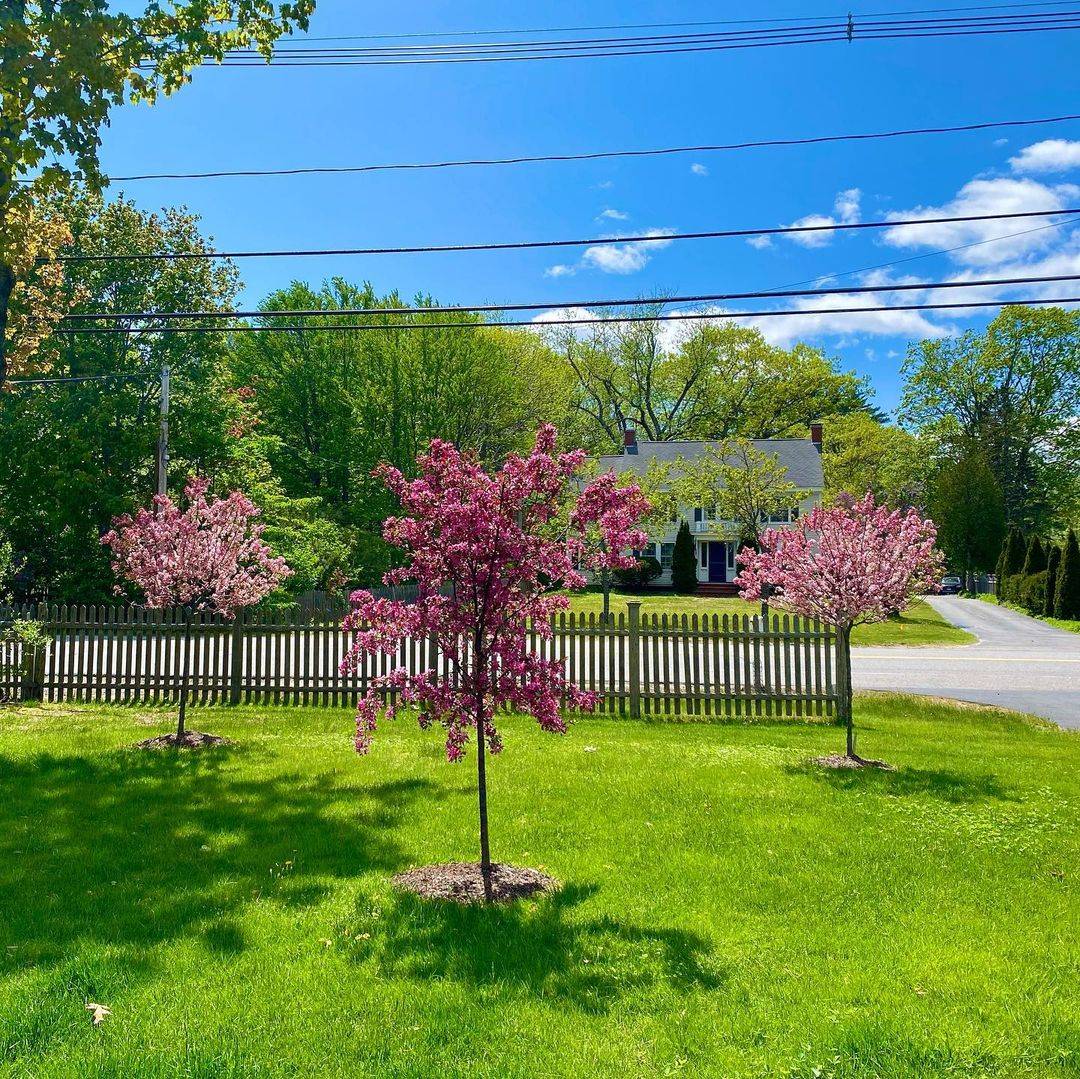 Source: instagram
Source: instagram
4. Planting
Dig a hole that is wider and slightly shallower than the tree’s root ball. Place the tree in the hole, making sure the graft union (if present) is above the soil line. Backfill the hole with soil, gently firming it around the roots. Water thoroughly after planting.
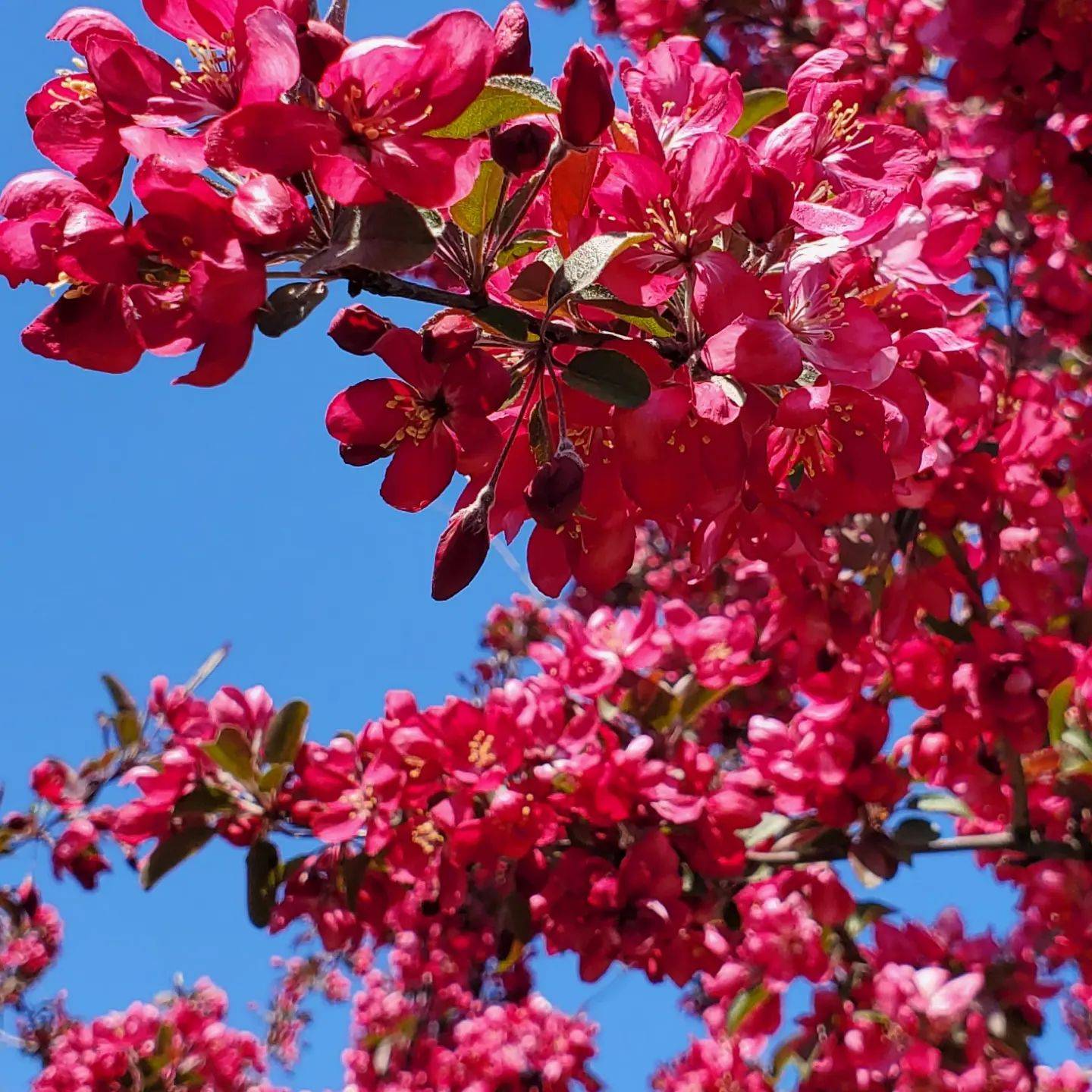 Source: instagram
Source: instagram
5. Watering
Provide regular watering, especially during the tree’s establishment phase. Water deeply, ensuring the root zone receives sufficient moisture. Avoid overwatering, as it can lead to root rot.
 Source: Sacramento Tree Foundation
Source: Sacramento Tree Foundation
6. Mulching
Apply a layer of organic mulch around the base of the tree, extending a few inches from the trunk. This helps conserve moisture, regulate soil temperature, and suppress weeds.
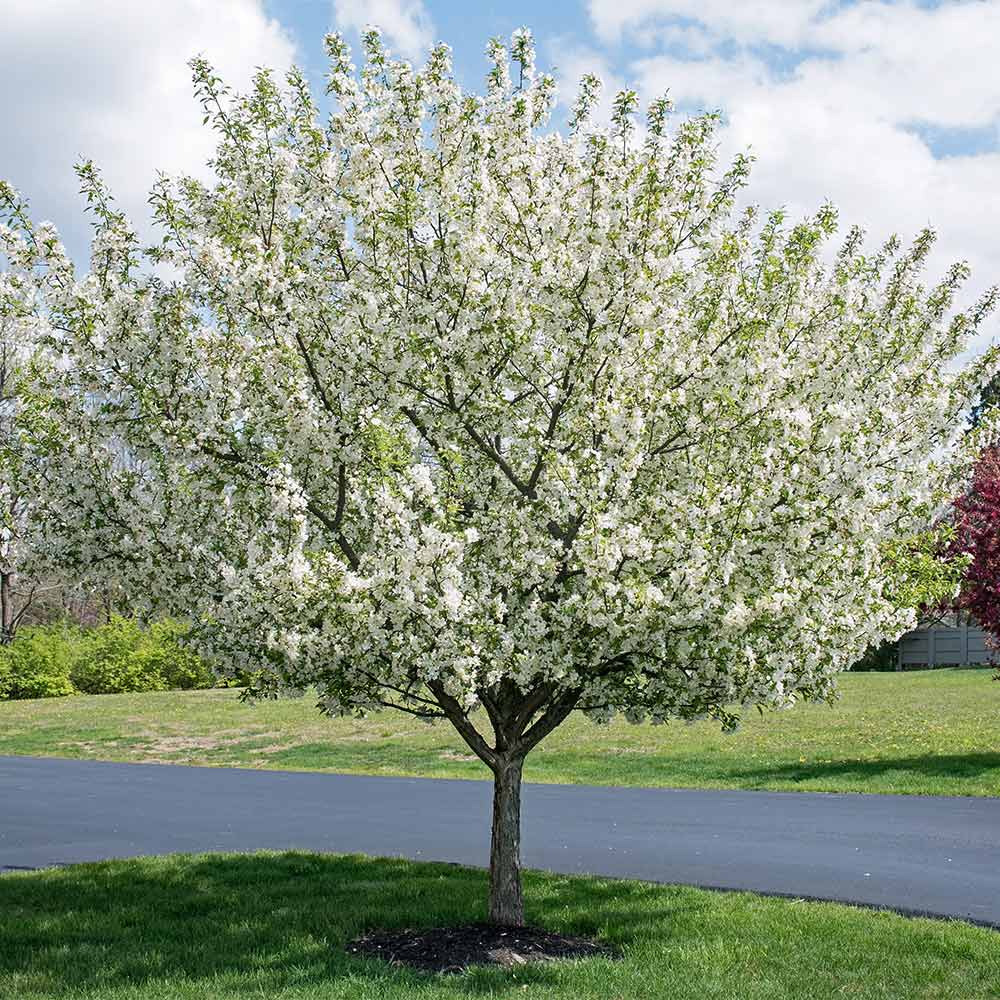 Source: Fast Growing Trees
Source: Fast Growing Trees
7. Pruning
Prune crabapple trees during late winter or early spring, before new growth begins. Remove dead, damaged, or crossing branches. Prune to maintain an open canopy, allowing air circulation and sunlight penetration. Avoid heavy pruning, as it can stimulate excessive water sprouts.
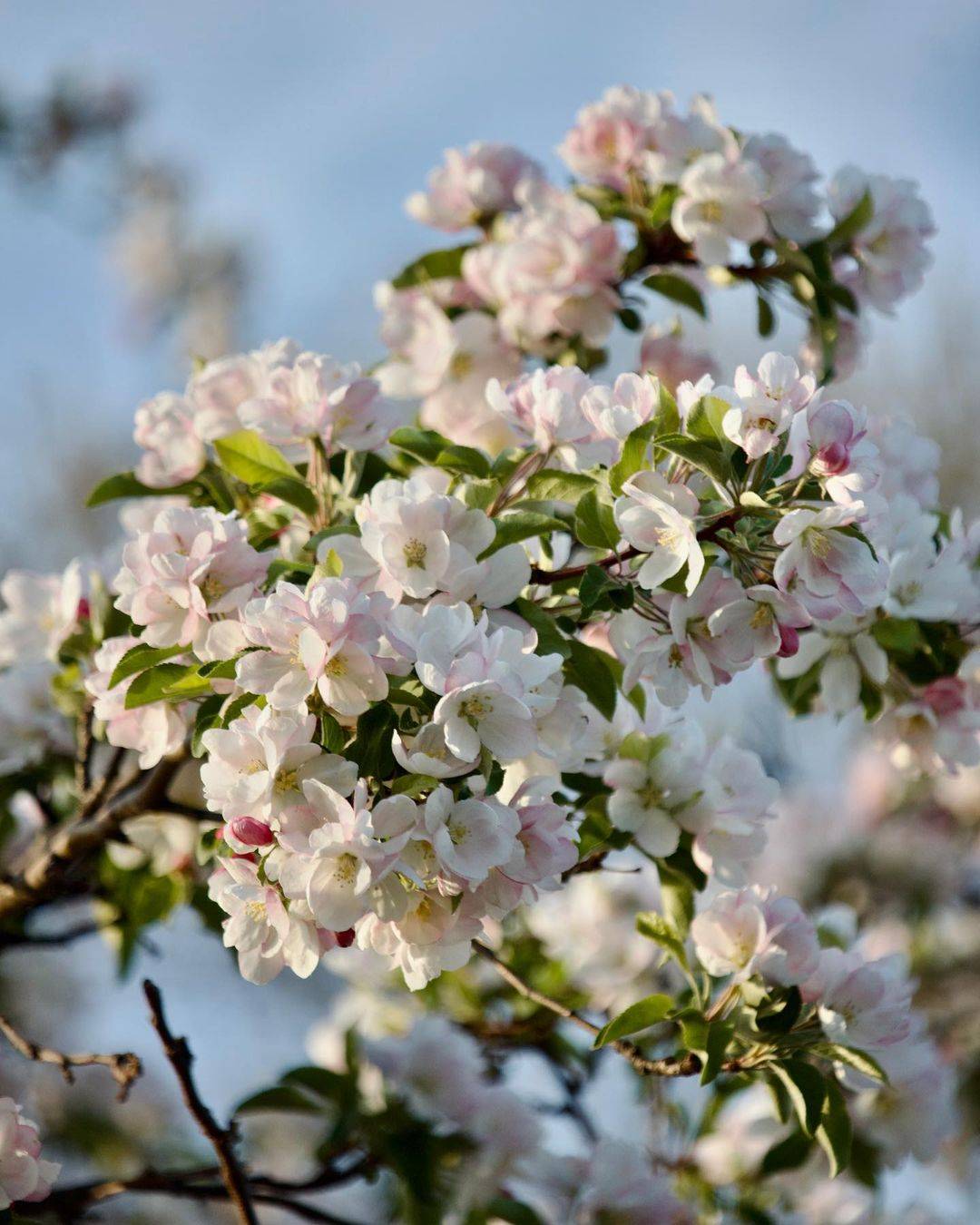 Source: instagram
Source: instagram
8. Fertilizing
Conduct a soil test to determine nutrient deficiencies. If required, apply a balanced, slow-release fertilizer in early spring. Follow the manufacturer’s instructions for application rates.
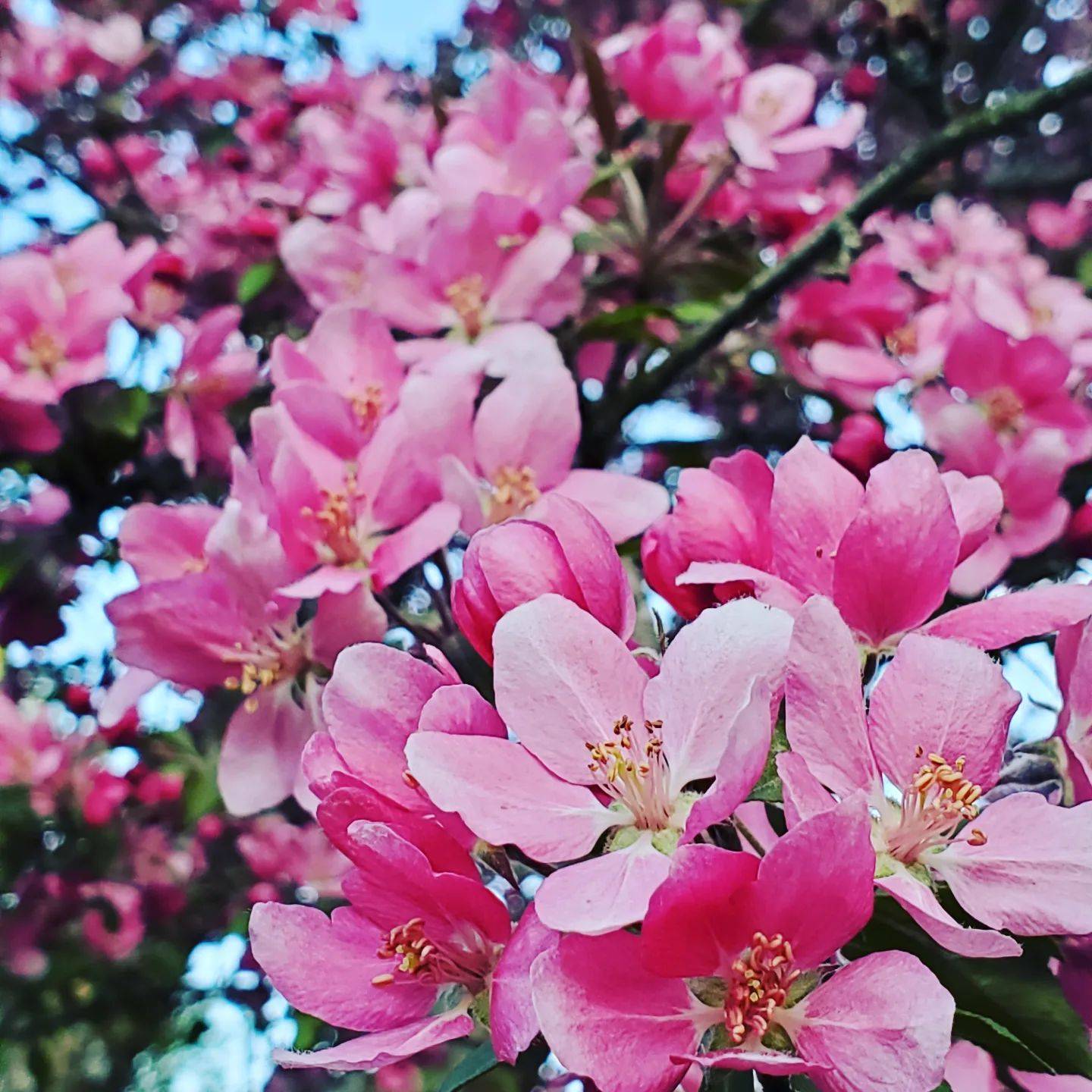 Source: instagram
Source: instagram
9. Pest Control
Monitor the tree regularly for common pests like aphids, caterpillars, or scale insects. Identify the pests correctly and choose appropriate integrated pest management (IPM) techniques, such as introducing beneficial insects or using horticultural oils or insecticidal soaps.
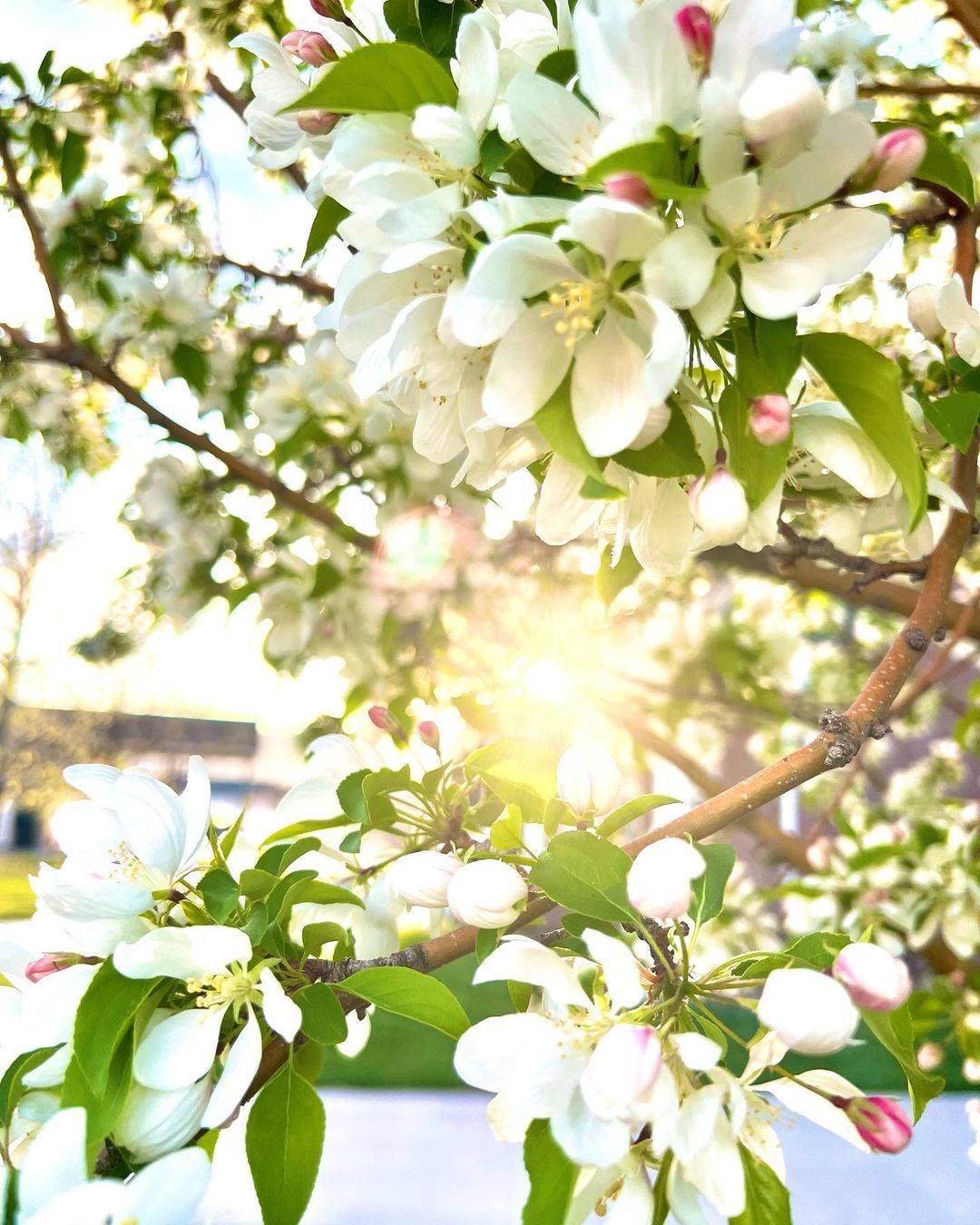 Source: instagram
Source: instagram
10. Disease Prevention
Crabapple trees can be susceptible to diseases like apple scab, cedar apple rust, or powdery mildew. Select disease-resistant varieties when planting. Provide adequate spacing between trees to ensure good air circulation. If needed, apply fungicides according to the specific disease’s timing and severity.
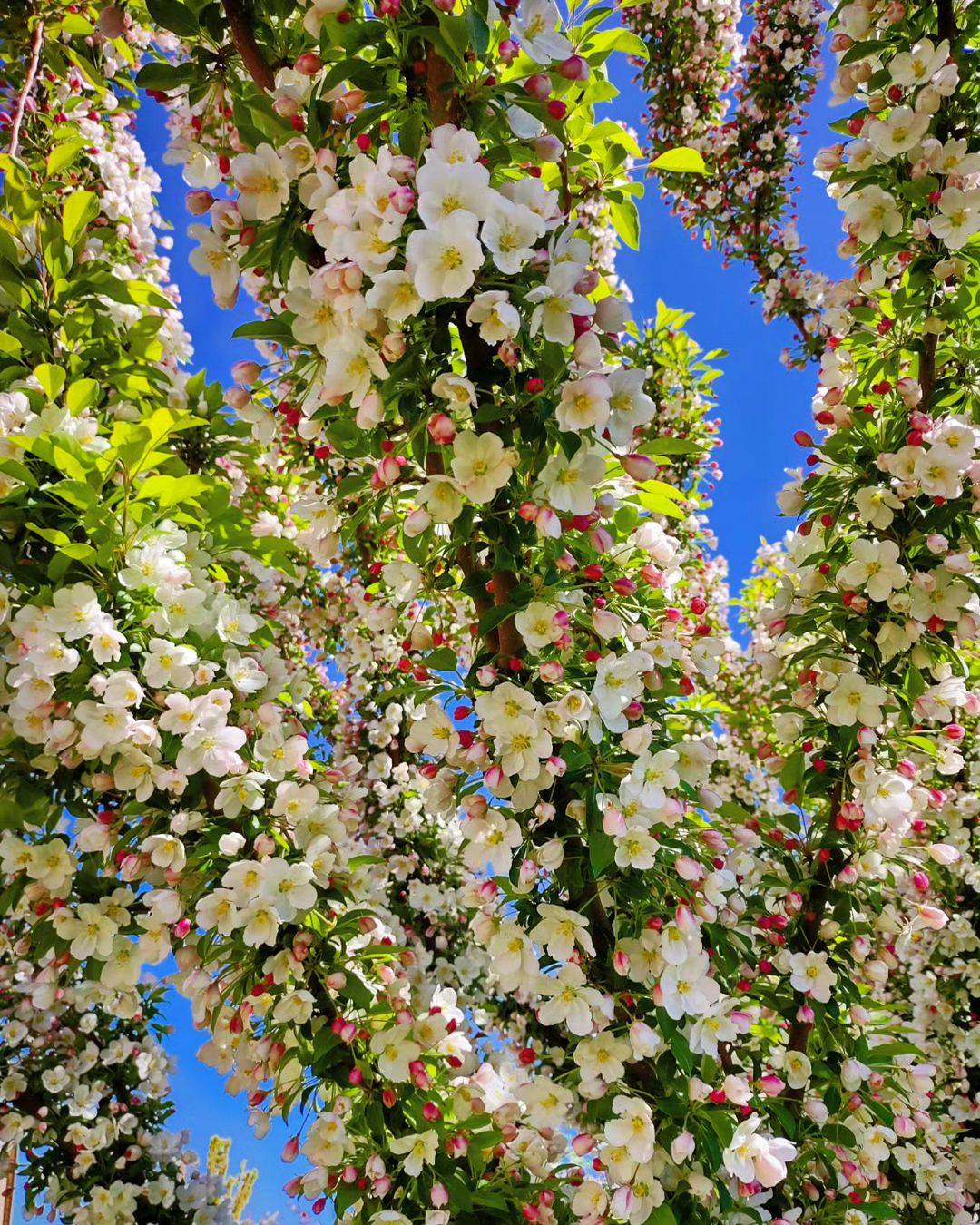 Source: instagram
Source: instagram
11. Pollination
Some crabapple varieties require cross-pollination to produce fruit. Plant at least two compatible crabapple trees nearby for successful pollination. Ensure they bloom at the same time to facilitate effective cross-pollination.
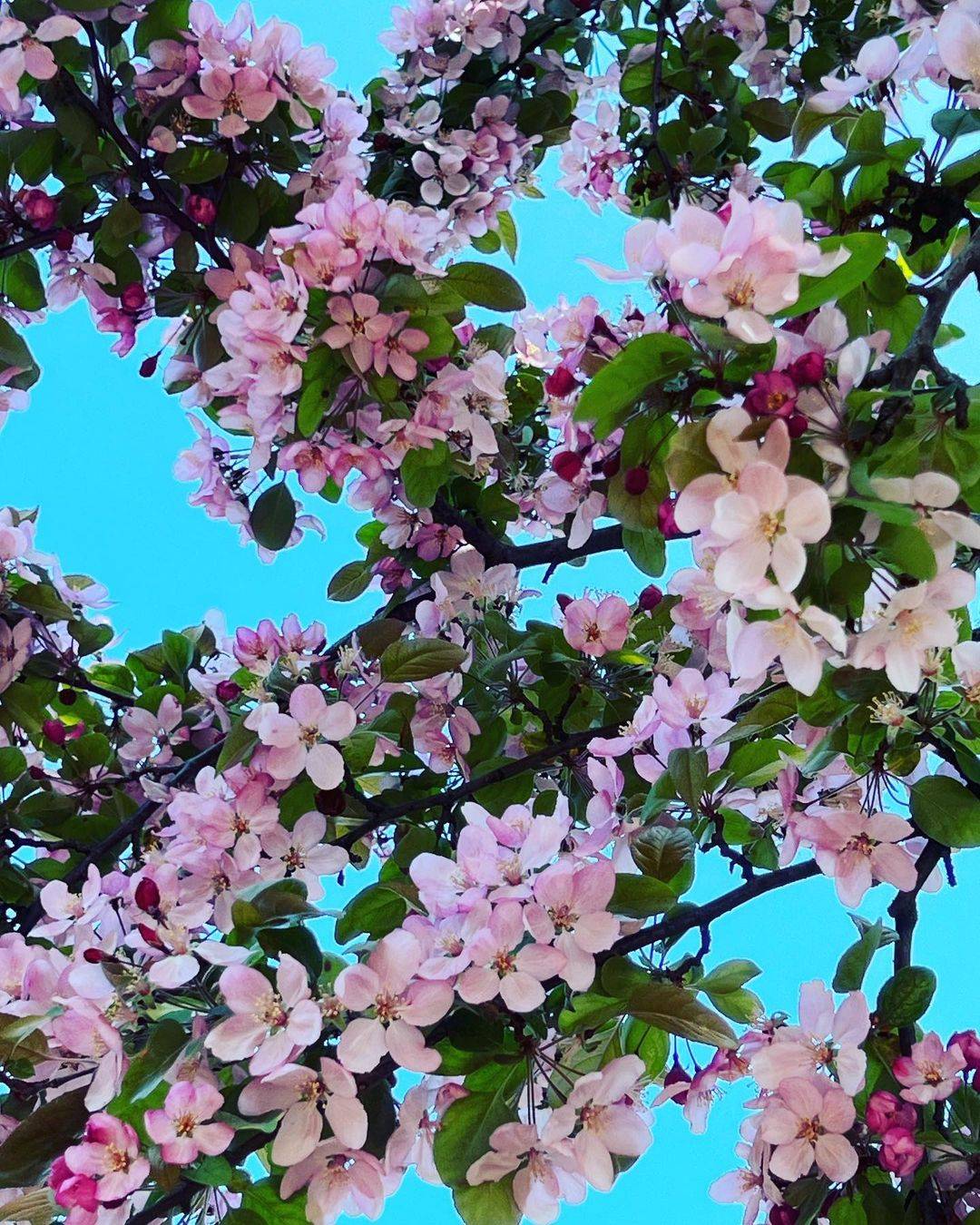 Source: instagram
Source: instagram
12. Fruit Thinning
If the tree produces excessive fruit, thin them out to prevent overcrowding. This improves fruit size, quality, and reduces the risk of branch breakage.
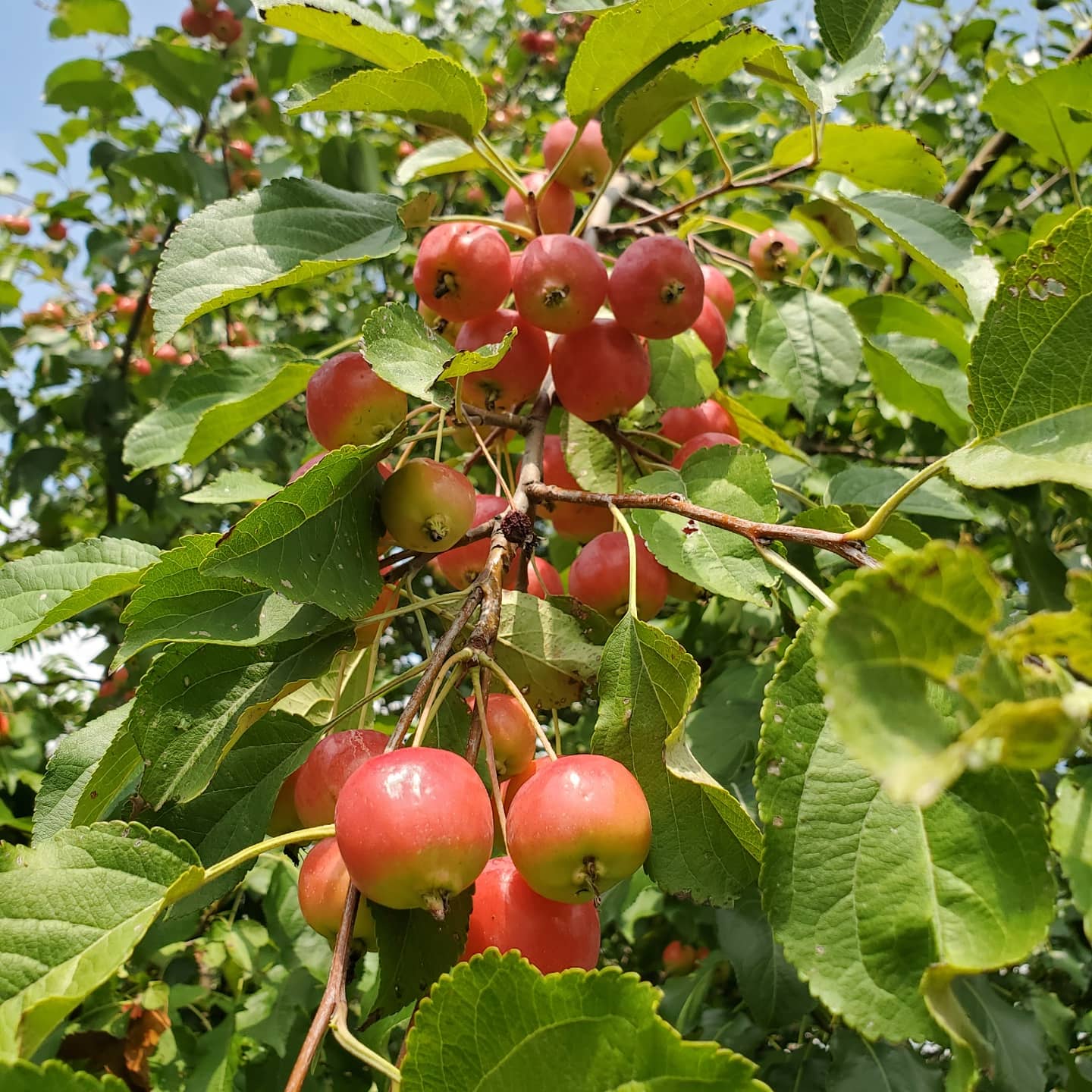 Source: Blue Hill Wildlife Nursery
Source: Blue Hill Wildlife Nursery
13. Winter Protection
Protect young trees from winter damage by wrapping the trunk with tree guards or using burlap to shield against cold, drying winds.
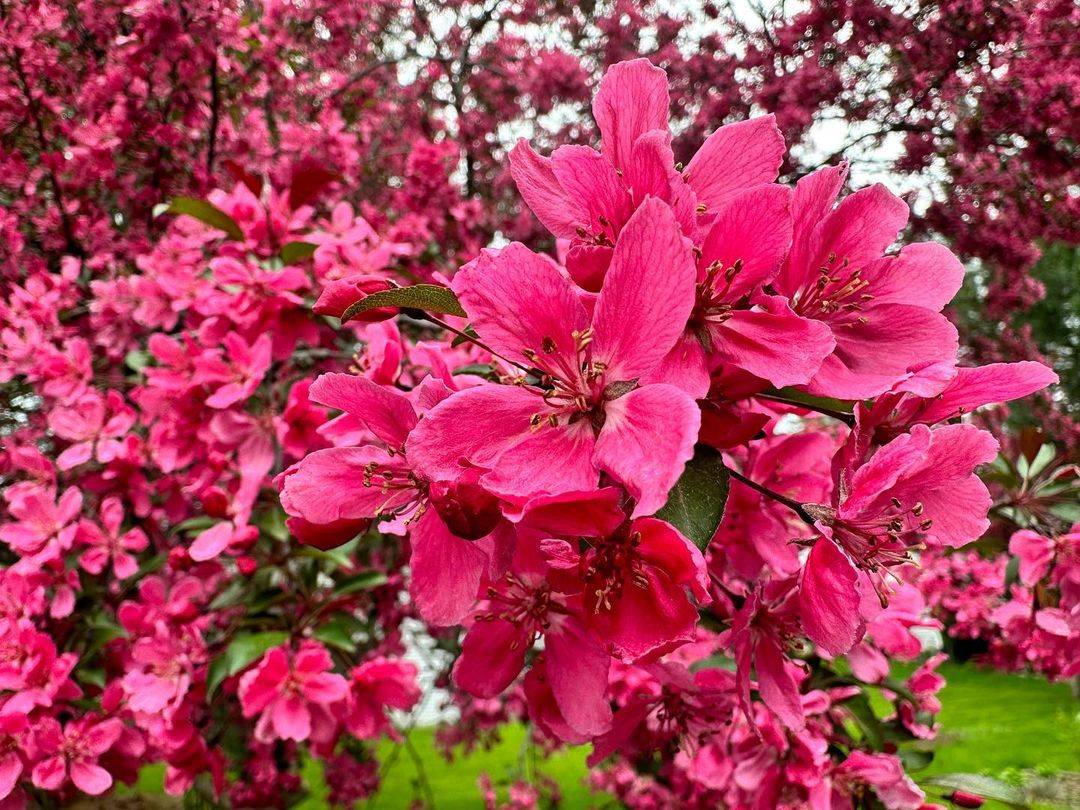 Source: instagram
Source: instagram
14. Organic And Sustainable Practices
Embrace organic and sustainable gardening practices, such as using organic fertilizers and pesticides, composting, and conserving water. These practices promote long-term tree health and environmental stewardship.
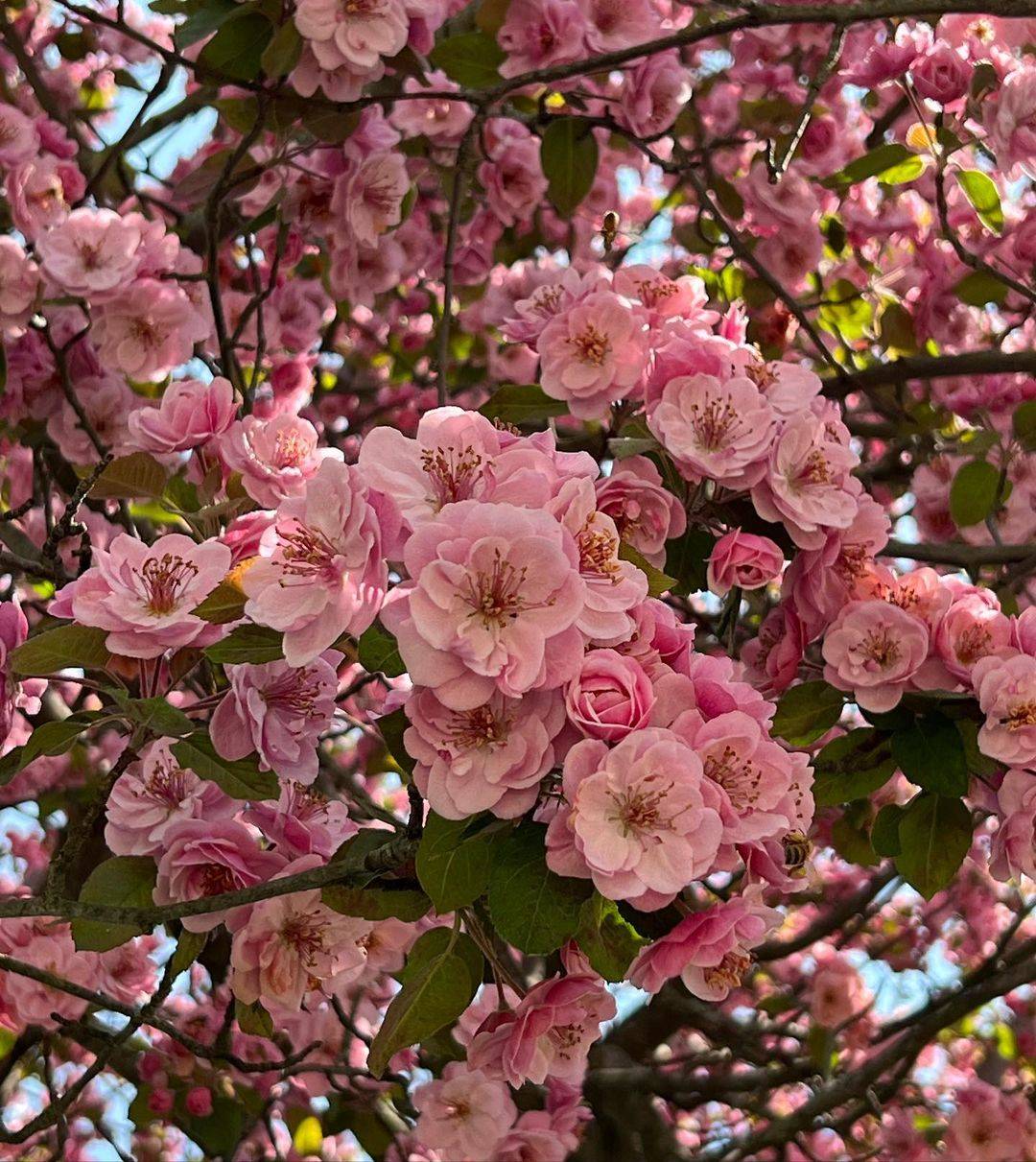 Source: instagram
Source: instagram
15. Regular Monitoring
Keep a close eye on the tree’s overall health. Monitor for signs of stress, disease, or pest infestations. Early detection allows for prompt intervention and treatment.
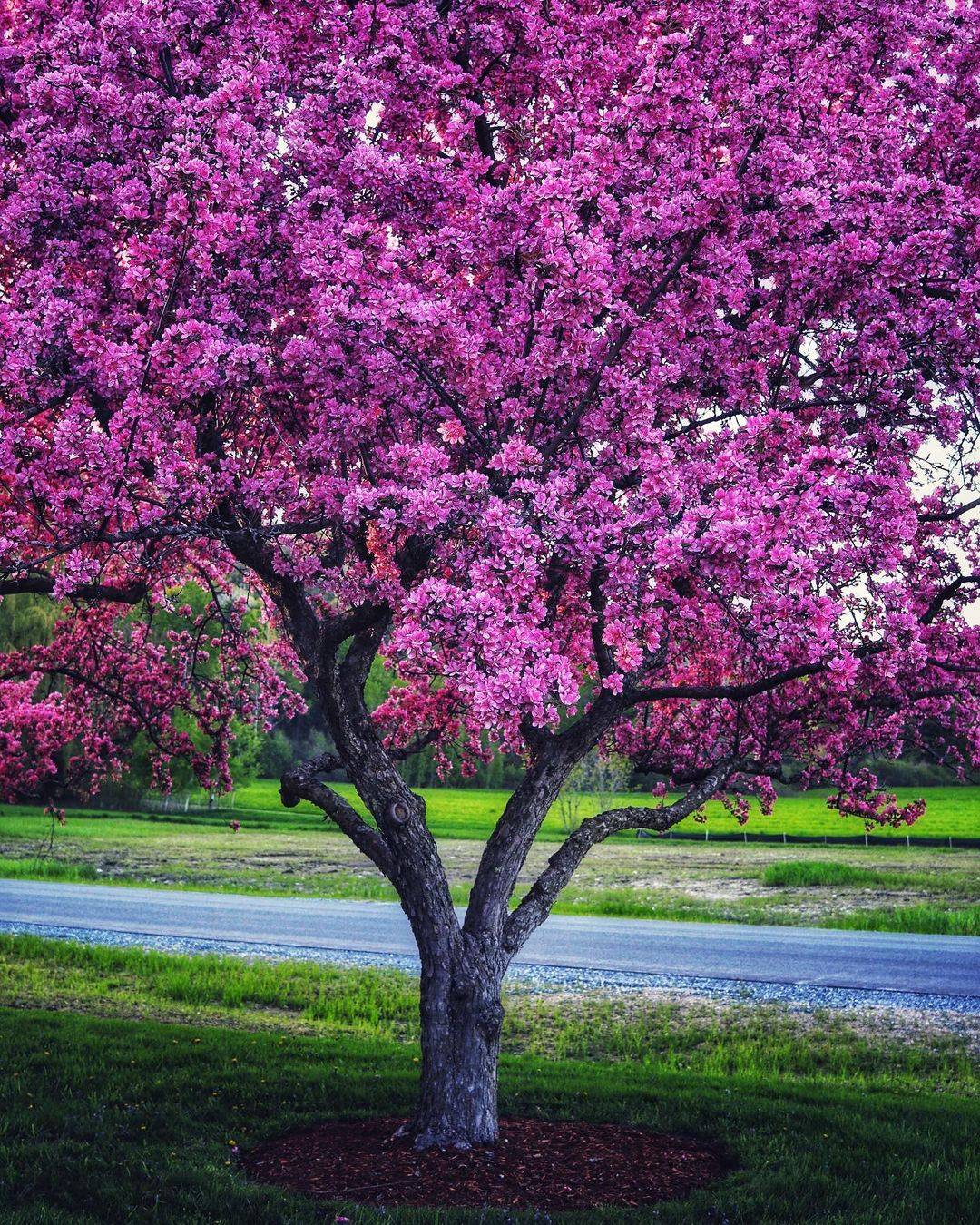 Source: instagram
Source: instagram
Remember, crabapple trees, like any living organism, require time, patience, and care to thrive. By adopting a
